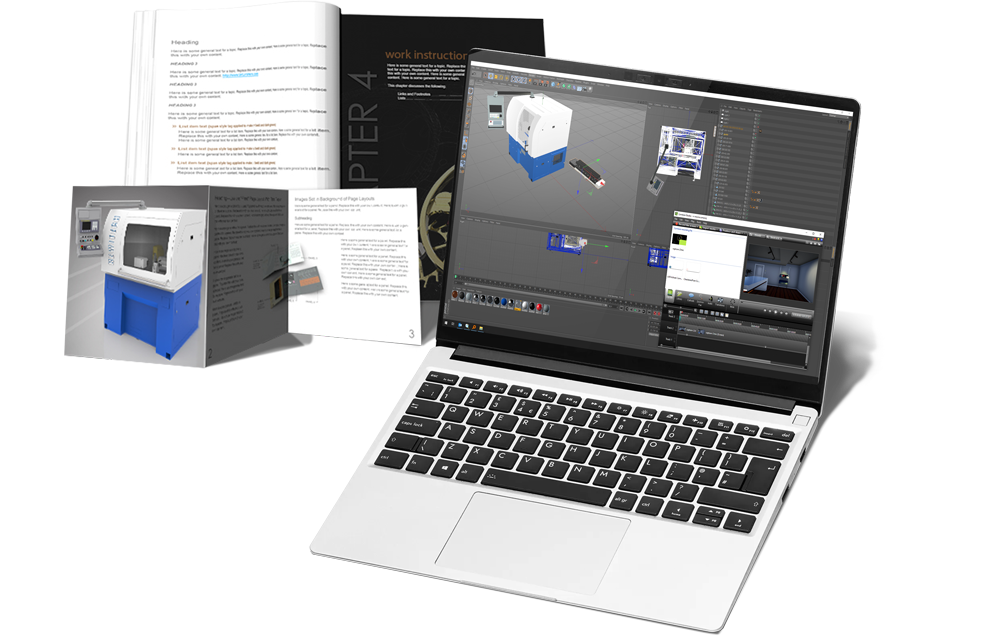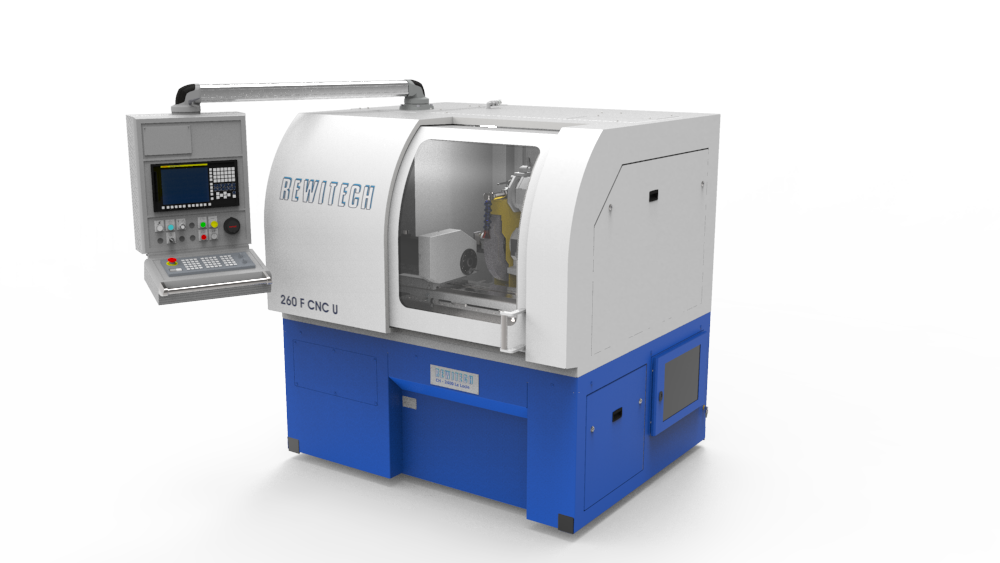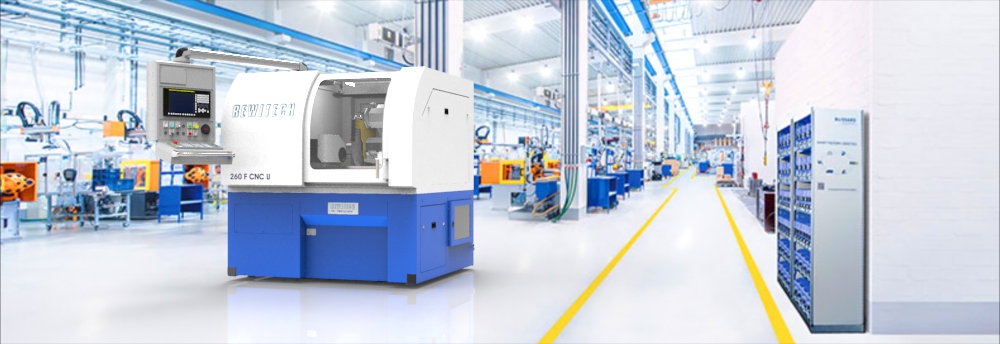3D & Illustrations
The employment of realistic or wireframe photo renders perfectly illustrate your content.
Your products stand out, presented with care. Explanations, procedures and training are enriched with explicit visuals.
Valorize your investments
The design of a product is usually done using CAD software tools. These highly accurate files permit the printing of prototypes and machining.
They also facilitate the creation of photo-realistic images. These faithful renderings represent what the product is or will be.
Photo realistic renderings are perfect for making training, presentations before the product even gets finalized.
The marketing is fond of it, as it is an effective sales medium.
Salespeople soon have an undeniable need for them as it makes it easier to present an image than to explain at length. The image of your manuals often improves significantly.
Renderings vs photography
A photography session is expensive. A luxury product requires a lot of preparation, photography does not forgive the smallest trace – but remains essential for unique pieces!
A large product (machine tool for example) necessitates a thorough preparation of the environment which may not always be possible. Therefore, a significant amount of time must be spent retouching the shots.
Animations – videos
Animations bring your products to life. Many industries, automotive in particular, use them extensively.
An animation of a few seconds can impress or explain more simply and quickly.
Manipulating your products
Using your design files can also serve as a handleable medium. A lightweight rendering integrated into an online store allows you to configure the product, flip it over, zoom in on a very specific aspect.
This type of rendering (PBR – Physically Realistic Rendering) has considerably improved the quality of fast rendering.
It is a far cry from a “bluish wired toaster” that is displayed on a screen. Photo realistic rendering is calculated in different layers – light, surface, etc.- which, when superimposed, give an impression of realism in a very short time.
These technologies that impress us in many popular video games are serving the industry, from marketing to after-sales. The closer what we see becomes to reality, the faster we understand the message addressed to us.




